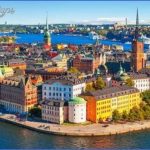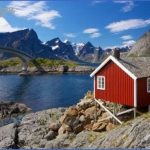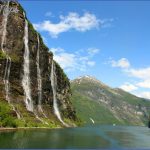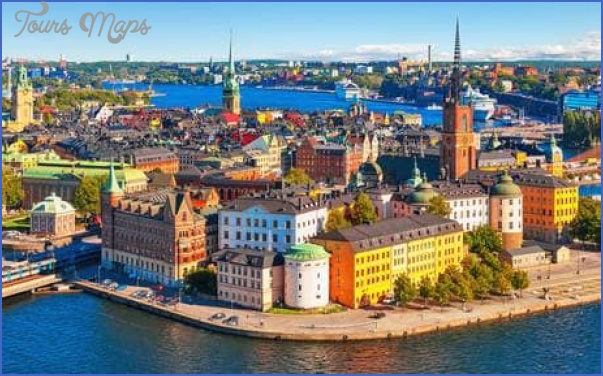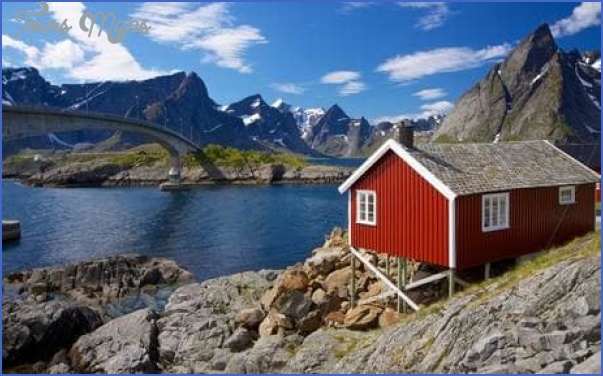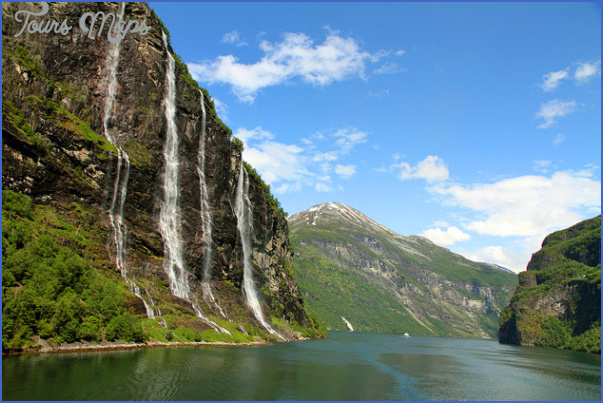On the east side of the Scandinavian mountains the great fringe of lakes in the Nordland resulted from the fact that the last remains of the ice cover lay not within the mountains but farther east, thus blocking any outflow to the Gulf of Bothnia. In consequence the lakes found a lower overflow westward to the North Atlantic, so carving out the deep valleys through the mountains which now form convenient passages between the Norwegian coast and the interior. After the disappearance of the last great ice masses these lakes all found an easier outflow to the Baltic, so that the old valleys through the mountains were left high and dry.
The terminal moraines marking the different stages in the melting of the ice extend across Sweden and Finland like gigantic ribbons of debris. The traveller constantly encounters these great accumulations of boulders, against which man the cultivator has been able to make little headway. In southern Finland some of these moraines were deposited under the sea and evenly distributed by the action of the waves, producing the regularly shaped Salpausselka range of hills.
The grinding action of the glaciers is also seen in the lowland areas, for example in the roches moutonnees (rocks rounded or smoothed by glacial action) found in the skerries and also inland, where even the hardest rocks have been eroded into a characteristic whale-backed shape. Particularly striking are the eskers (oser, singular os, Swedish as), long stratified gravel ridges which may extend for several hundred miles and sometimes enclose lakes of some size. These were originally sedimentary deposits in the channels carved out by rivers under the ice, and when the ice melted were left as natural causeways which provided convenient traffic routes for man. Stockholm is situated where it is largely because of an esker which helped to close off Lake Malar and offered a convenient means of passage.
One other notable glacial feature is the kettlehole, a small depression formed where a mass of ice was covered by drift and, being thus protected from the sun, was slower to melt; then when it did melt the covering of soil fell in and formed a funnel-shaped depression.
The most characteristic features of the coastal regions formerly covered by ice are the fjords which are found in Scandinavia in every variety of form. In northern Norway they cut deep into the land, broad and funnel-shaped. In the Lofoten Islands they form a maze of inlets flanked by
Scandinavia Travel Destinations Photo Gallery
Maybe You Like Them Too
- The Best Cities To Visit in The World
- World’s 10 Best Places To Visit
- Coolest Countries in the World to Visit
- Travel to Santorini, Greece
- Map of Barbados – Holiday in Barbados

